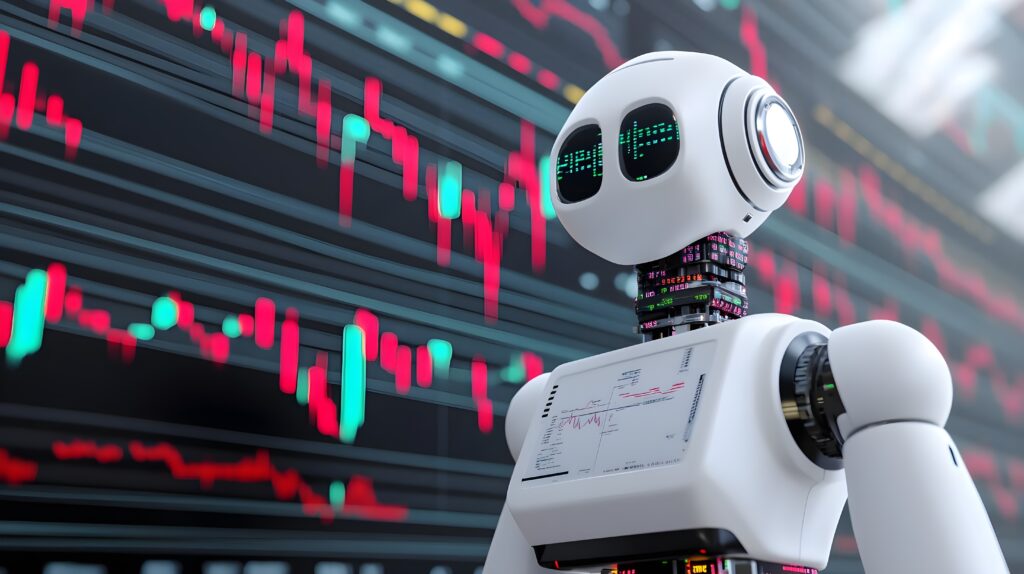“You can put lipstick on a pig, but it’s still a pig.” That’s how the saying goes, and it only seems like yesterday we were in the era of green and black screens when the arrival of the internet triggered record levels of investment in the technology market searching for the definitive killer app with a modern look and feel interface for users.
Looking back at the user experiences of past technology systems compared to today can fill you both with nostalgia and horror, passing through relatively short-lived technology innovations of client/server and thin client along the way. Spending vast amounts of money just to make something look good without the underlying functionality was – and still is – fool’s gold, as we’ll discover.
Early origins – back to the 80s
The battle for desktop supremacy and the user experience has its origins in the early 1980s and the Apple vs Microsoft wars. Then the user experience was tightly integrated into the operating system and, in Apple’s case, the hardware, hence the focus was more on overall functionality than just look and feel.
For those who appreciate the beauty of innovation, the idea was encapsulated in the much-quoted Steve Jobs principle of design: “You’ve got to start with the customer experience and work back towards the technology – not the other way around.” This ensured Apple in many ways had the jump on Microsoft regarding delivery of the end-user experience, although the opportunistic and entrepreneurial flair of Bill Gates ensured Microsoft Windows ultimately won and monopolised the Battle of the Desktop. The rest, as we know, is history.
Technology should exist to make our lives easier and for the better. Accessibility and enabling capability to allow us to eschew mundane repetitive activity and maximise our time is the very essence of the digital experience. Great technology-enabled experiences always empower the user.
SaaS cloud applications continue to make quantum leaps in an era of design thinking where we are constantly reinventing work through the employee experience. This is done with the knowledge that everything now is about creating immersive digital experiences for customers and employees alike, which cross an enterprise architecture and the functional silos found in organisations and become reflected in ERP modular system design.
Dawn of the SaaS cloud era – the power of the user experience
At the start of the SaaS cloud era for enterprise applications, circa 2011-2019, the clear industry leader was Workday. The Pleasanton, California-based brand undertook a considerable amount of investment to ensure its human capital management (HCM) offering was highly intuitive, easy to use and provided an attractive experience.
Adopting the belief that ‘sex sells’, Workday had the jump on Oracle in terms of look and feel, and quickly used this to capture market share and build product adoption momentum. Just to keep things balanced, one should note that SAP were nowhere to be seen, despite the siloed HCM functionality within the ERP giant’s moderately successful stand-alone offering, SuccessFactors.
The SaaS cloud era saw the user interface look and feel in the buyer’s mind as the superior requirement over underlying system functionality. Organisation buyers were, surprisingly or not, prepared to spend significant sums of money on something that looked pretty. After all, comparing early SaaS applications’ accessibility and usability against on-premise applications was an easy win, and this became the major recurring theme in the market.
Subsequently, all vendors increased R&D expenditure and focussed on the user experience, with simplification and ease of use being the constant drivers.
The extremes vendors went to was significant, like the example of retina eye scanning, recording how a user sees the screen and accesses functionality, then using the outcomes to reconfigure the system accordingly.
However, even with all the advances in user experience, the platform vendors were still locked into a suite of silo applications. People, regardless of whether being a customer or employee, knowingly and unknowingly touch many front of house and middle office systems to access a service.
Changing the conversation – systems of experience
With technology innovation moving so fast, the days of debating the field position on a screen, list of values, and how pretty the web browser screen is, for the true pioneers of the experience economy, are now far behind us. The buying criteria of early SaaS systems is no longer the sole overriding factor.
The dawn of the #experienceeconomy has seen the rise of the experience platforms, first touted around 2019, with the likes of Salesforce and ServiceNow leading the charge and taking the game to the ERP vendors.
Whilst such systems can easily co-exist, naturally the competitive nature of the industry has seen these platforms perceived as taking ERP market share. Experience platforms are not ERP systems, and whilst there are some grey areas, on the whole they can digitalise work in the way work is actually executed inside an organisation, and not necessarily reflecting the out of the box, siloed functional SaaS processes.
Equally the industry approach has evolved allowing multi-channel accessibility, noting most users would rather access technology via their mobile devices. There exists now a focus on creating holistic systems of experience, where personalised services are accessible based upon role and individual whilst residing and leveraging standardised business processes as and when necessary.
To combat this, the ERP vendors are having to move into the new era, most notably Oracle’s announcement of OracleME earlier this year, which in my view is a direct response to the advance of pure experience platform vendors. It does demonstrate that the large ERP vendors are not immune to market forces; in this case Oracle just so happens to be the first to positively respond.
Drivers of #experienceeconomy
The global pandemic has accelerated the adoption of digital technology, and whilst the public sector appears to remain in the dark ages regarding the implementation of back-office systems, those in the commercial private sector that did not embrace or could not change fast enough simply went out of business, unable to weather the storm.
With the technology industry always taking note of consumer behaviour and demand, the following factors are driving continuous investment in creating experiences:
• Consumer need for greater user adoption – ‘systems’ must be intuitive and easy to use by default.
• Simplification of process – recognising many operational business processes cut across an organisation and that people do not work in operational silos.
• Continuous need for insight – the use of real-time data analytics to drive the experience is key.
The ability to deliver flexible, intuitive, easy to use applications that reflect the way people engage and deliver a service by creating data driven immersive experiences accessible at a given point in time continues to attract significant investment monies.
Where are we heading?
The divide between humans and machines comes ever closer with the advancement of technology, specifically with artificial intelligence and machine learning. Therefore, the natural question to ask is, just where is all this heading?
Looking now at the advances of technology in terms of virtual reality and avatars, and the predicted greater adoption of Google Glass, what we are seeing is the creation of an even more accessible and immersive experience.
Welcome to the #experienceeconomy… it’s not going away, folks!
Mark Sweeny, founder, de Novo Solutions




